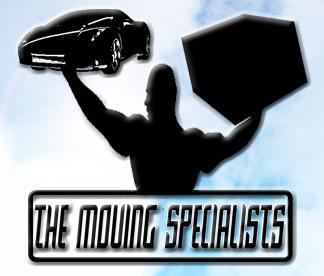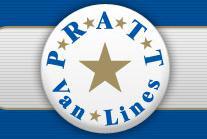New Mexico Movers Top Rated
(888) 787-781362 Movers in New Mexico
Page 1/5
Finding Top-Rated Moving Companies In New Mexico
We make it easy to find a reliable state to
Free moving estimates are the smartest way to compare American moving company prices. You'll find the rates for local movers,
4 Questions You Need to Ask If YOU’RE MAKING AN INTERNATIONAL MOVE
- Are stores open on Sundays? What about late at night?
- How are the public transport options? Will I need to bring my car over with me?
- What stores are best to shop for food?
- What are the social customs of this new place and how can I acclimate myself or my family to them?
Surprises When You Move To New Mexico
- There are several wineries here!
- Prehistoric peoples lived in the adobe houses that still stand in spots across the state.
- From the peak of the Capulin Volcano, five US states can be seen.
- There is more than desert terrain in NM including prairies, forests, mountains, and white sands.
- Despite having one of the oldest inhabited towns in the USA, New Mexico is one of the youngest official states.
Furry Friends and Movers: How Your Pets Affect Your Relocation
- Most moving companies will do everything in their power to work around any pets you may have.
- As a courtesy to your movers, pet owners may want to let the moving company know ahead of time that animals will be present on moving day when relocating to New Mexico.
- Additionally, owners of cats may want to make sure that the movers assigned to their relocation have no cat allergies, which are common in this day and age.
- In order to keep pets safe, your movers are not able to work as effectively as they can when no animals are present.
- If possible, have someone else keep your animals for the day of the move, so that the movers can work hard without having to worry about the safety of your pet.
4 Little-Known Aspects About the Cost of Hiring Movers
- Most people who are moving tend to hire movers for just the loading and unloading, as well as the use of their truck.
- The services provided by professional movers don’t stop there! You can have your moving company wrap, pack, and
crate your specialty items as well. - Most residential moves can be handled by a team of just two movers and their truck.
- This is called a “two men and a truck” type of move, and it proves to be highly effective in most moving scenarios, whether you’re going just down the street or moving long-distance.
- Sometimes, for a
long distance move, your things might be on the same moving truck as other people's who are going in the same direction. If this makes you feel uncomfortable, you can pay extra for your own truck, but don't worry! This is a standardpractice, and is completely secure.
Movers By City in New Mexico
Albuquerque
(390)
Las Cruces
(52)
Santa Fe
(75)
Rio Rancho
(22)
Farmington
(52)
Roswell
(45)
Clovis
(37)
Los Lunas
(37)
Hobbs
(225)
Alamogordo
(22)
Gallup
(15)
Deming
(30)
Las Vegas
(7)
Portales
(7)
Silver City
(7)
Anthony
(22)
Aztec
(22)
Artesia
(7)
Bloomfield
(22)
Chaparral
(30)
Do you know?

- A moving company, removalist, or van line are all companies that help people as well as other businesses to move their goods from one place to another. With many inclusive services for relocation like packing, loading, moving, unloading, unpacking and arranging of items can all be taken care of for you. Some services may include cleaning the place and have warehousing facilities.
- According to the U.S. Census Bureau, 40 million United States citizens have moved annually over the last decade. Of those people who have moved in the United States, 84.5% of them have moved within their own state, 12.5% have moved to another state, and 2.3% have moved to another country.
- In the United States and Canada, the cost for long-distance moves is generally determined by a few factors. The first is the weight of the items to be moved and the distance it will go. Cost is also based on how quickly the items are to be moved, as well as the time of the year or month which the move occurs. In the United Kingdom and Australia, it's quite different. They base price on the volume of the items as opposed to their weight. Keep in mind some movers may offer flat rate pricing.
- Many people are familiar with this type of moving, using truck rental services, or borrowing similar hardware, is known as DIY moving. Whoever is renting a truck or trailer large enough to carry their household goods may obtain moving equipment if necessary. Equipment may be items such as dollies, furniture pads, and cargo belts to protect furniture and to ease the moving process.
- As most people have experienced, moving does involve having the appropriate materials. Some materials you might find at home or may be more resourceful to save money while others may choose to pay for everything. Either way materials such as boxes, paper, tape, and bubble wrap with which to pack box-able and/or protect fragile household goods. It is also used to consolidate the carrying and stacking on moving day. Self-service moving companies offer another viable option. It involves the person moving buying a space on one or more trailers or shipping containers. These containers are then professionally driven to the new location.
- There many reasons for moving, each one with a unique and specific reason as to why. Relocation services, employee relocation, or workforce mobility can create a range of processes. This process of transferring employees, their families, and/or entire departments of a business to a new location can be difficult. Like some types of employee benefits, these matters are dealt with by human resources specialists within a corporation.














